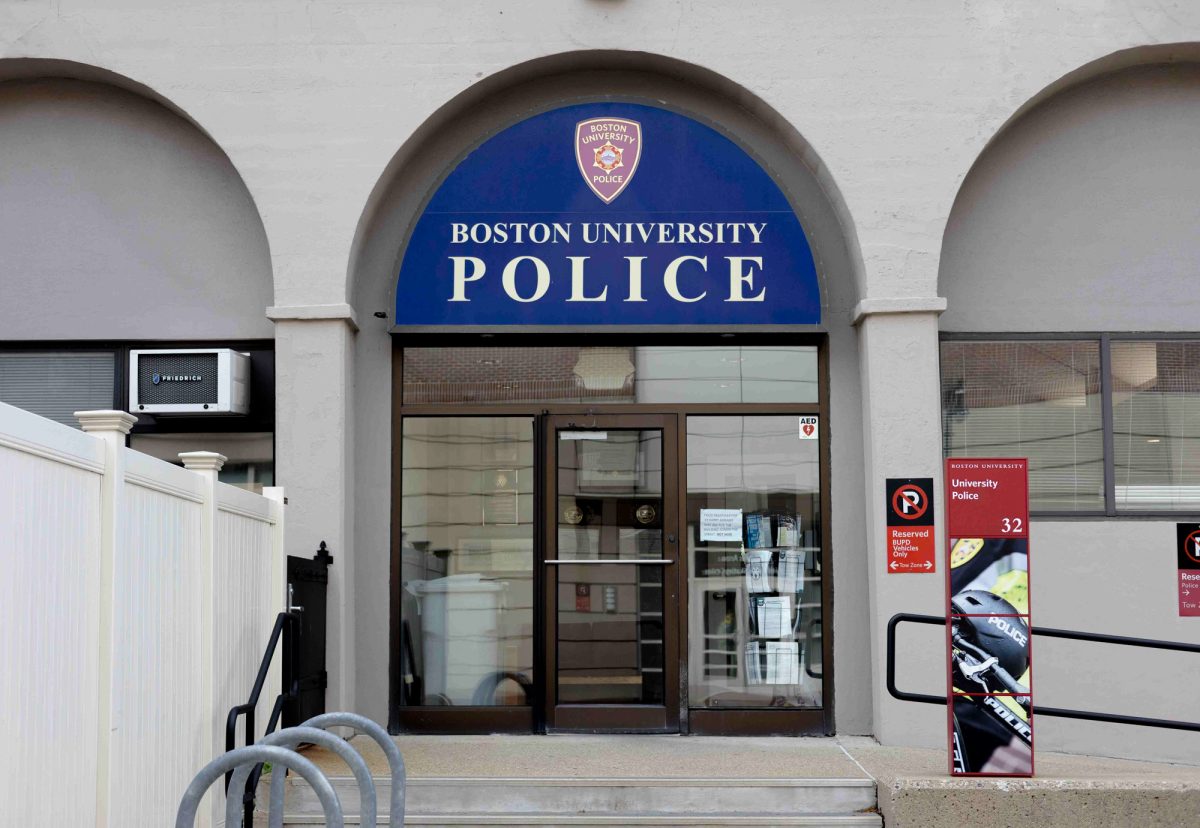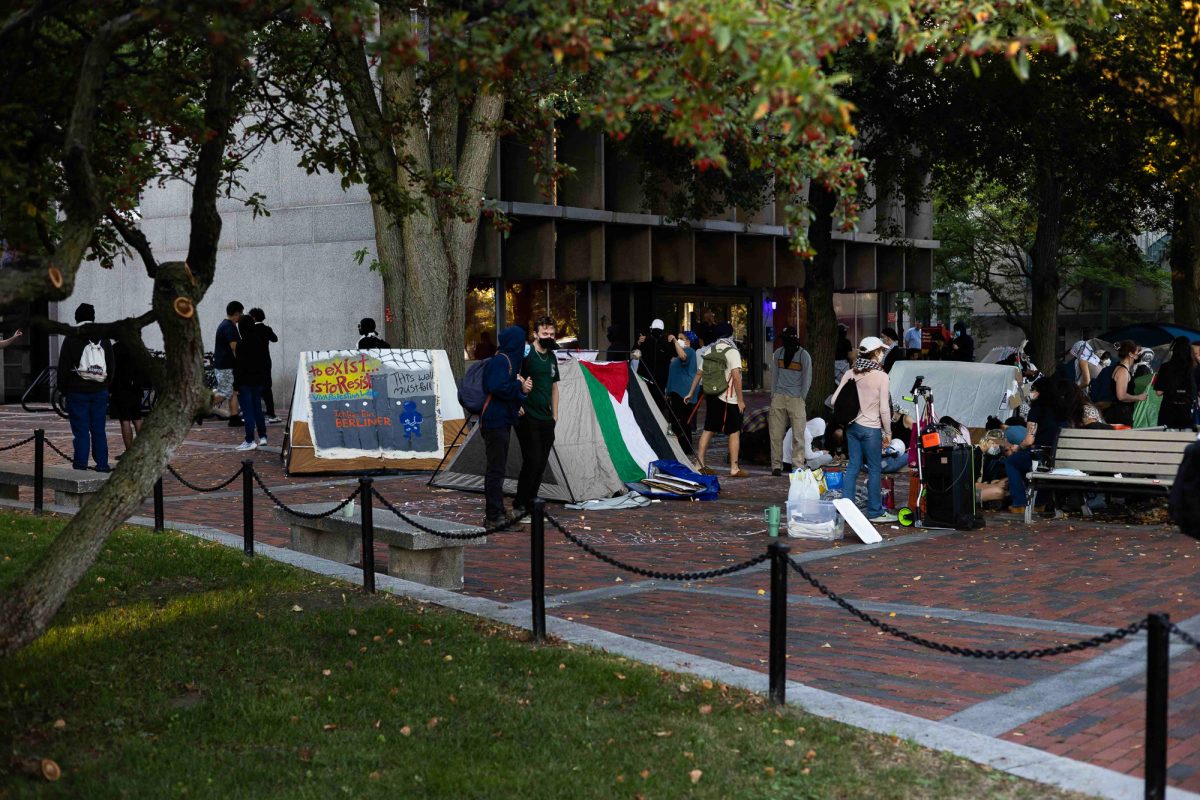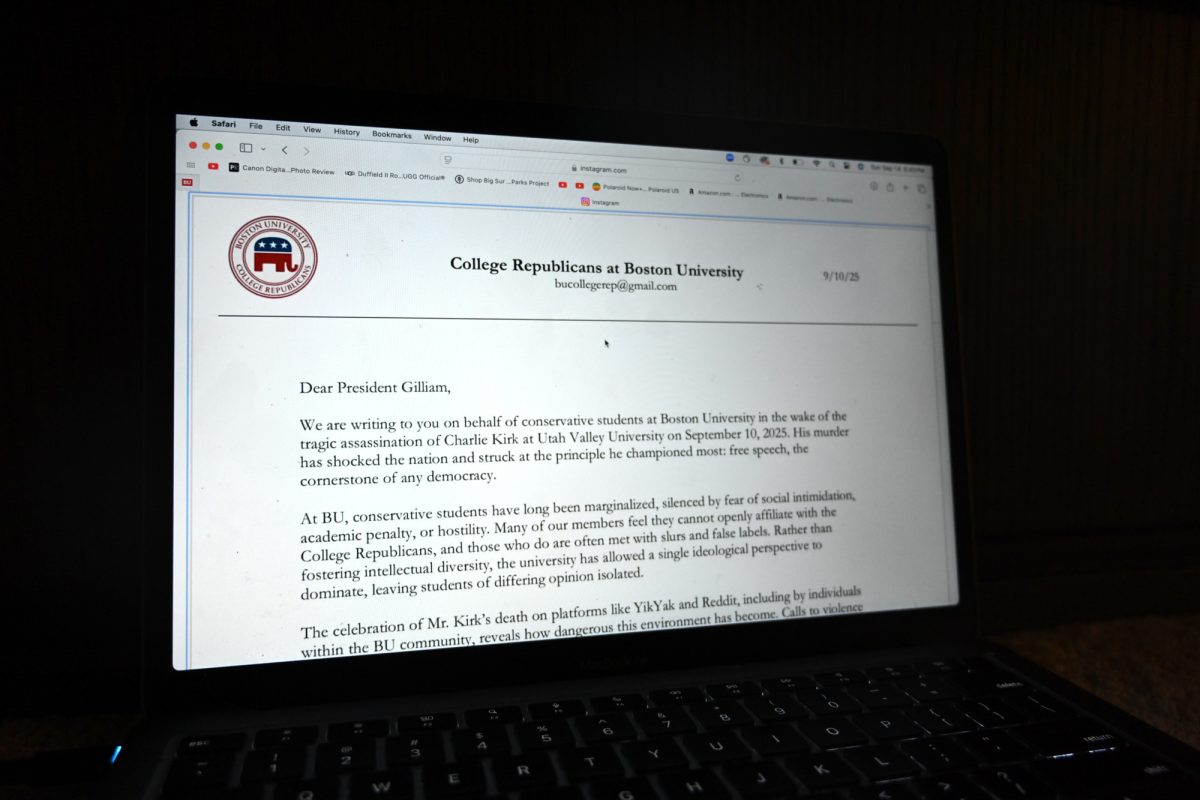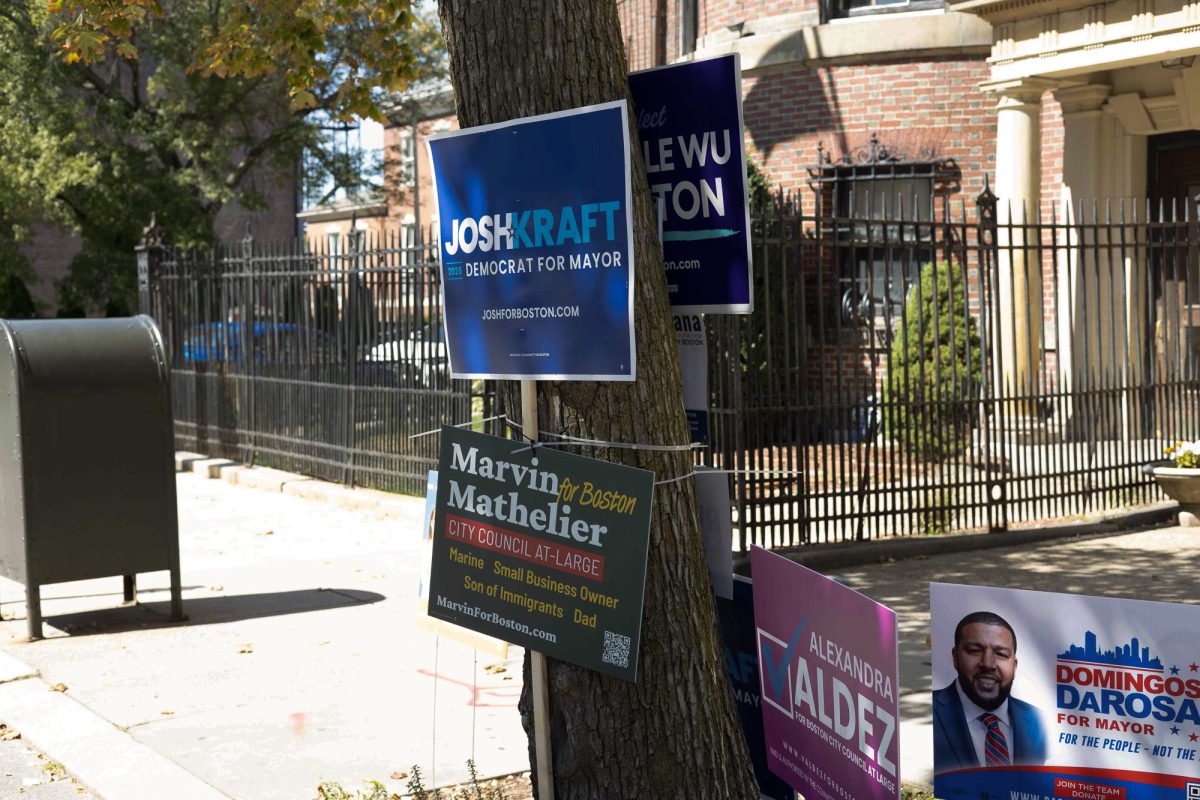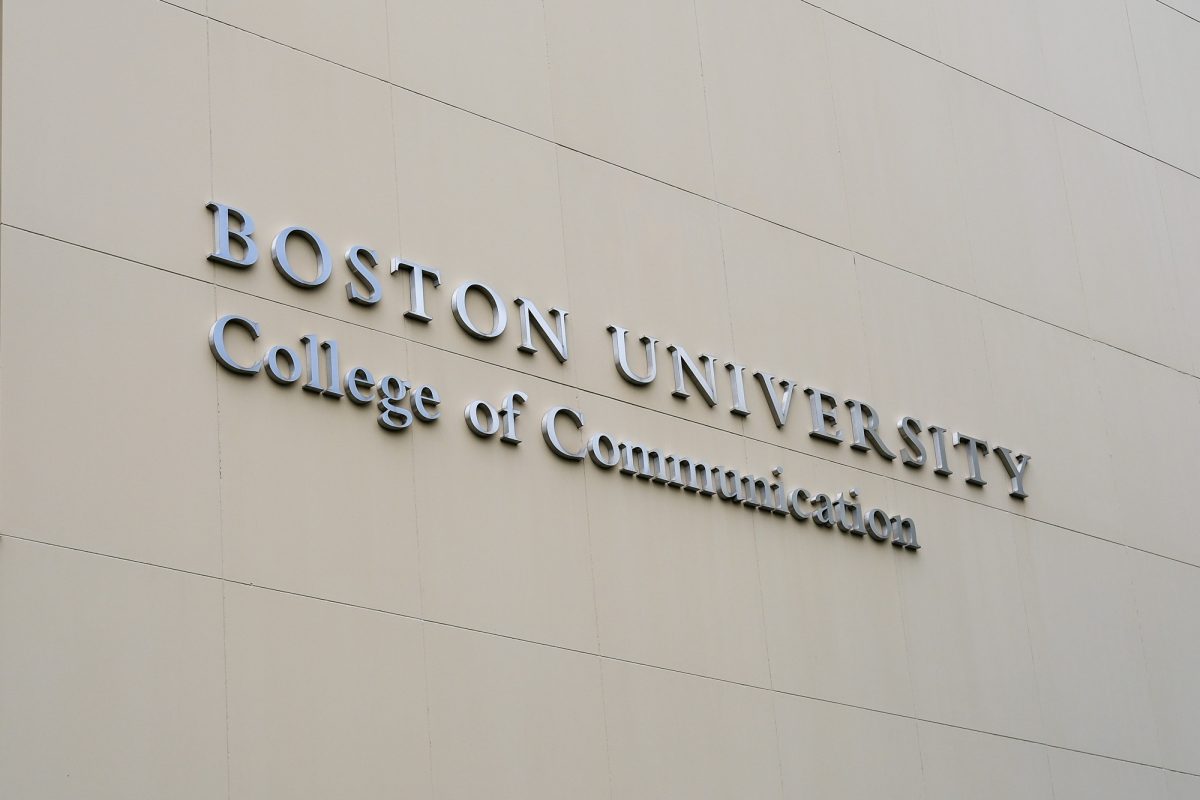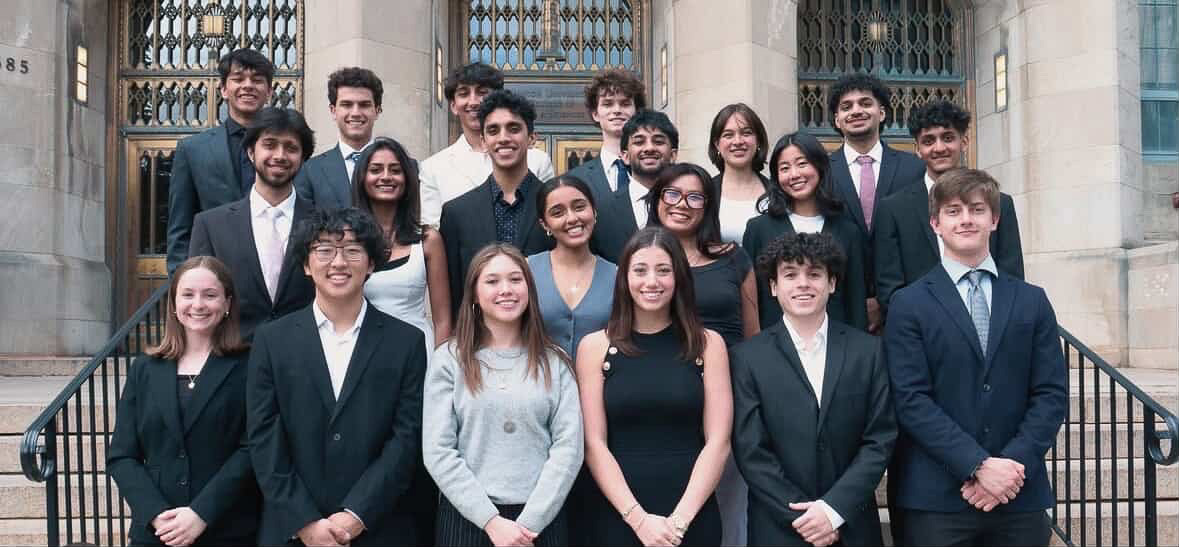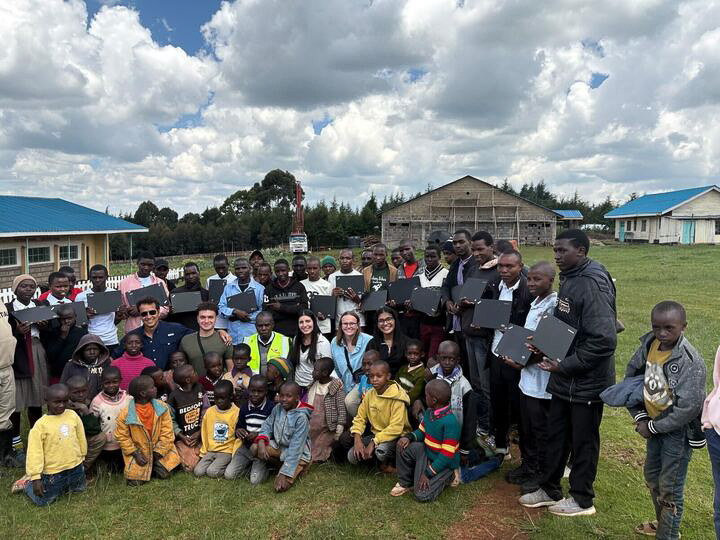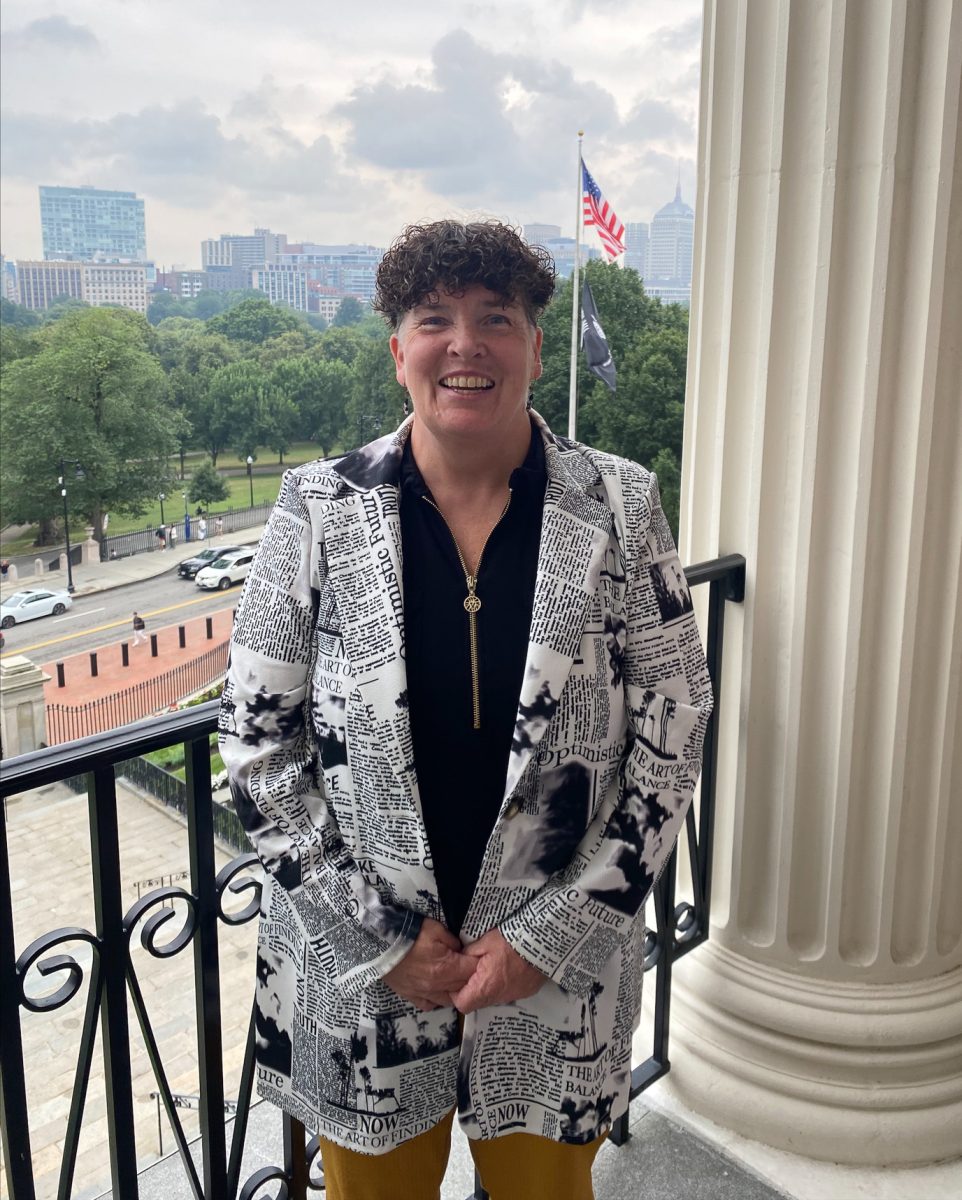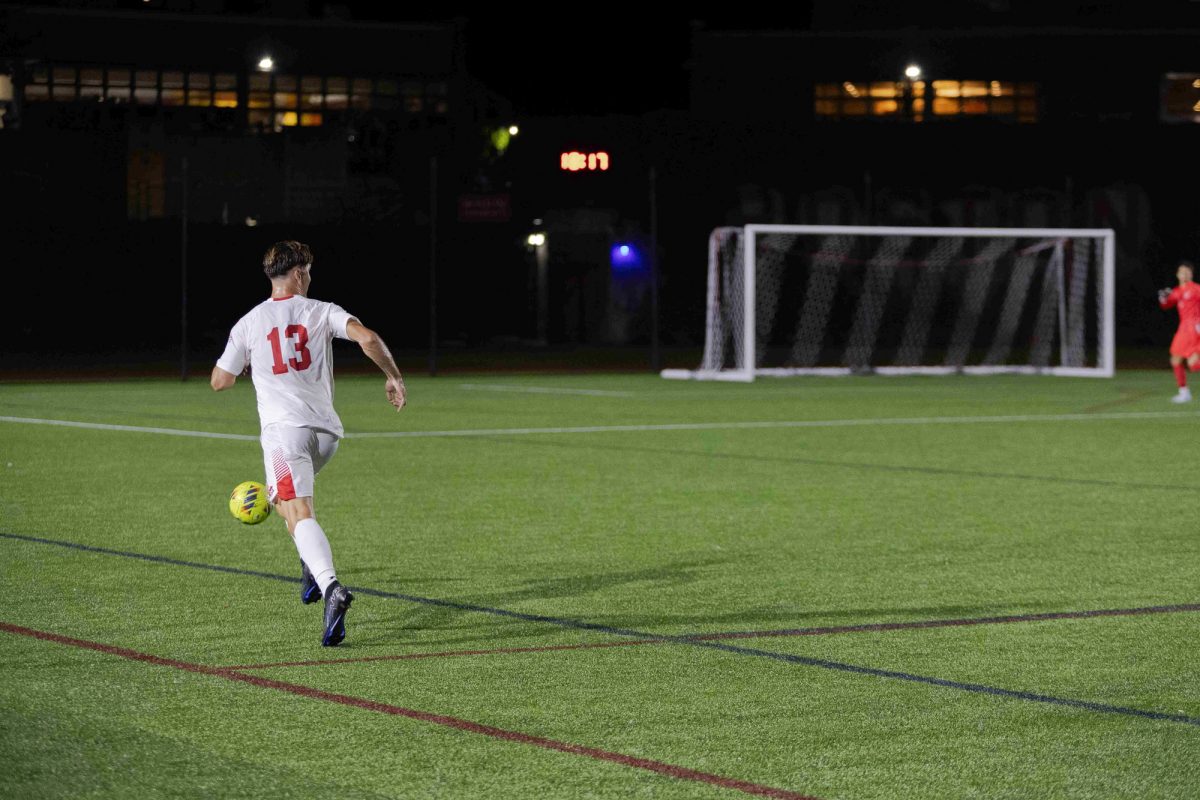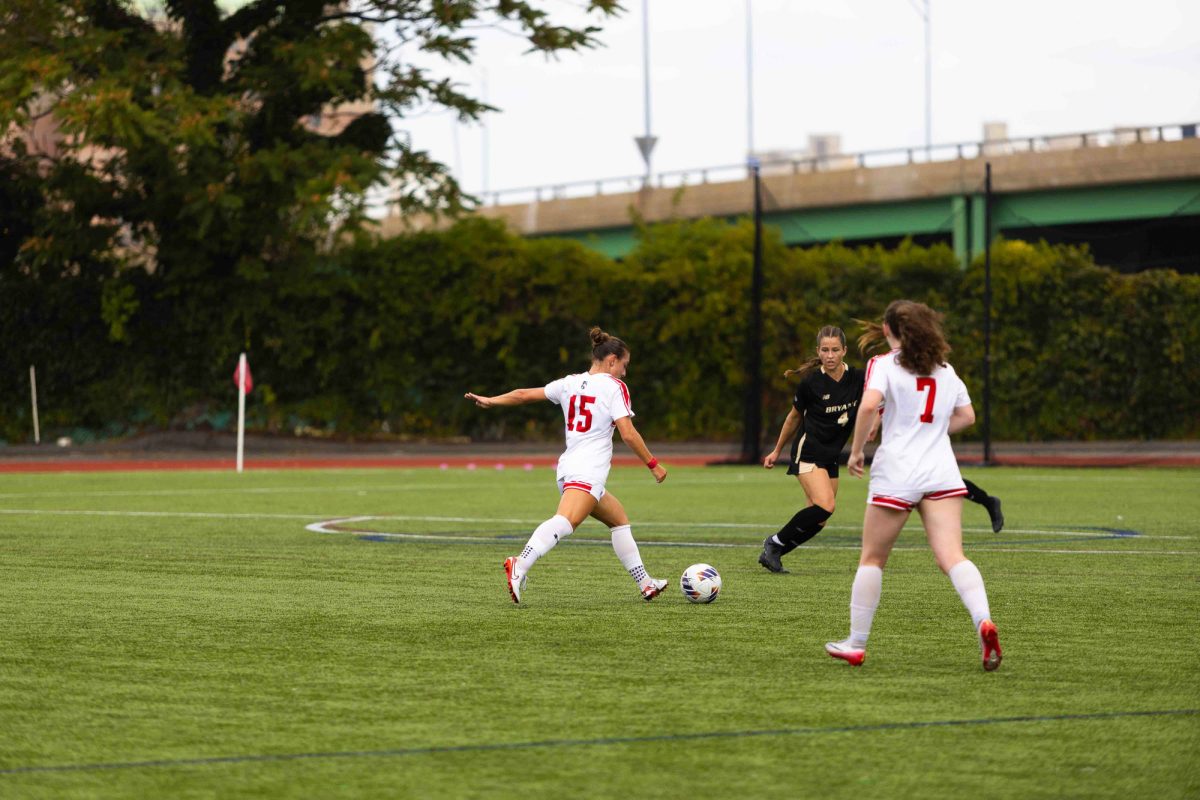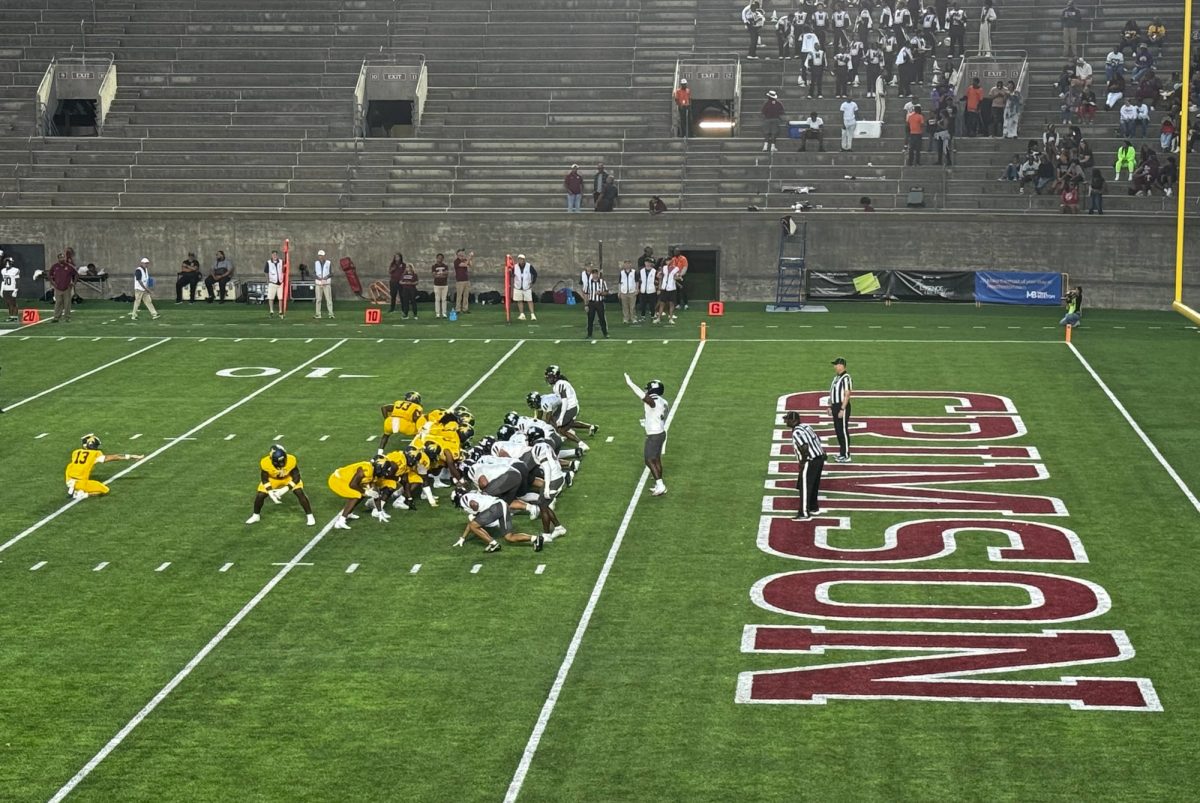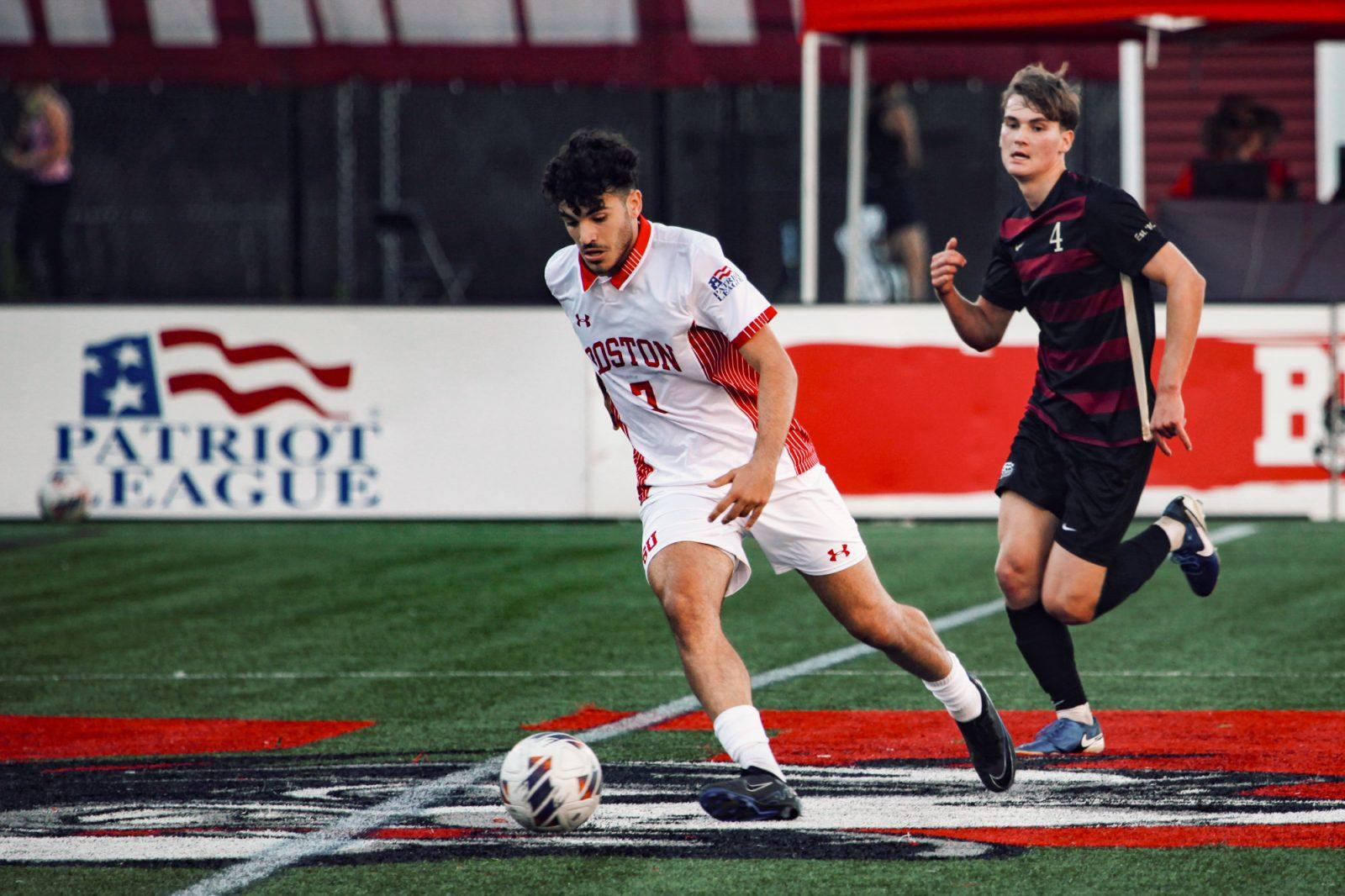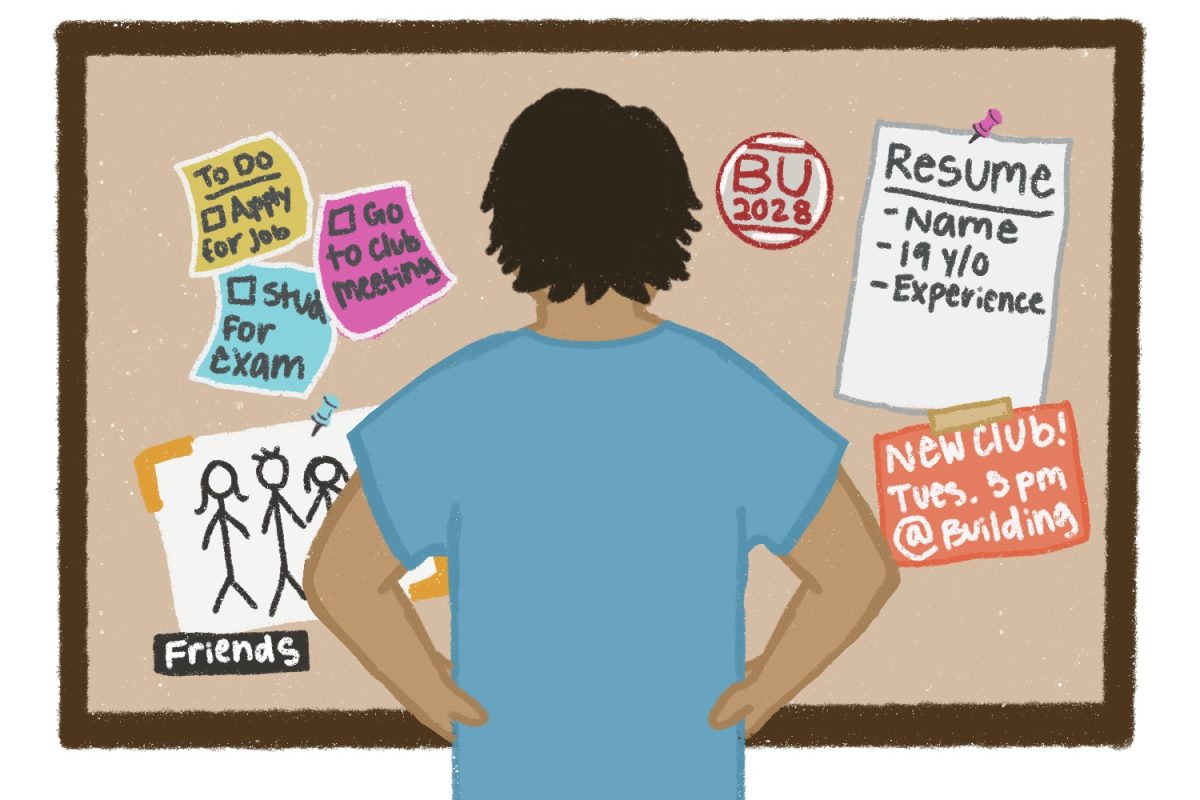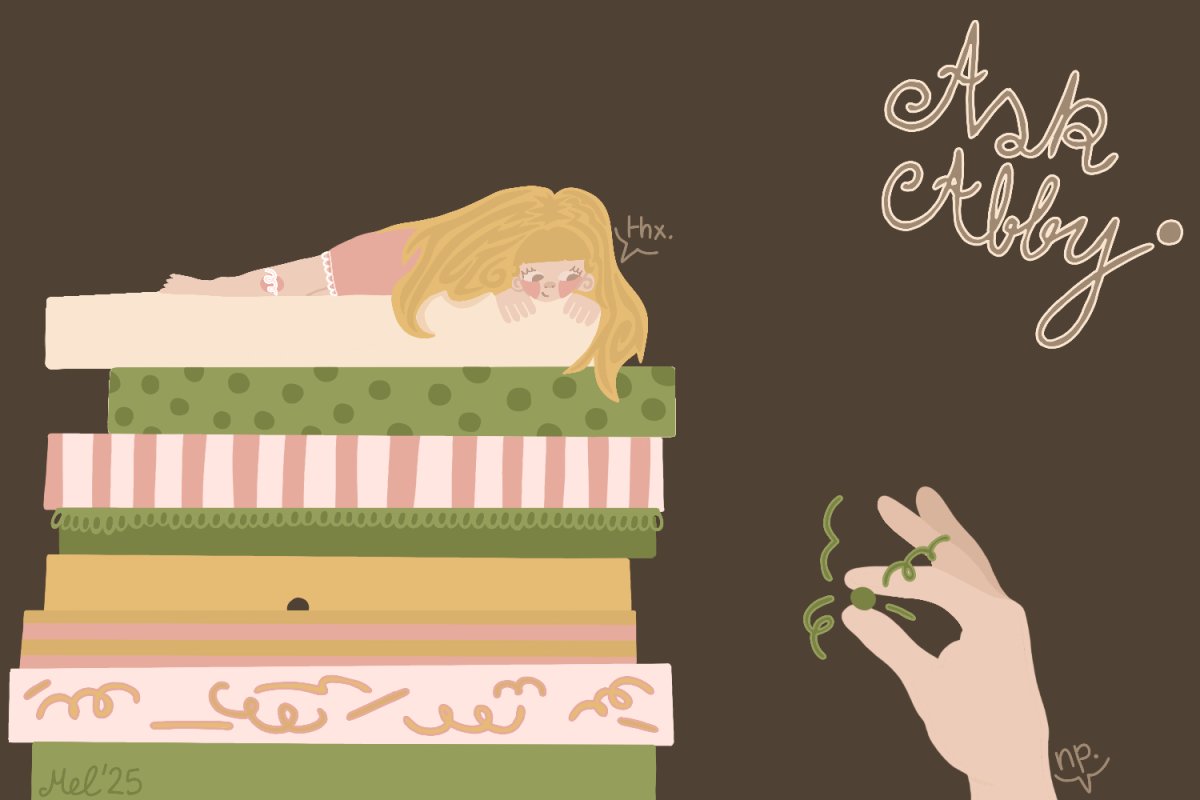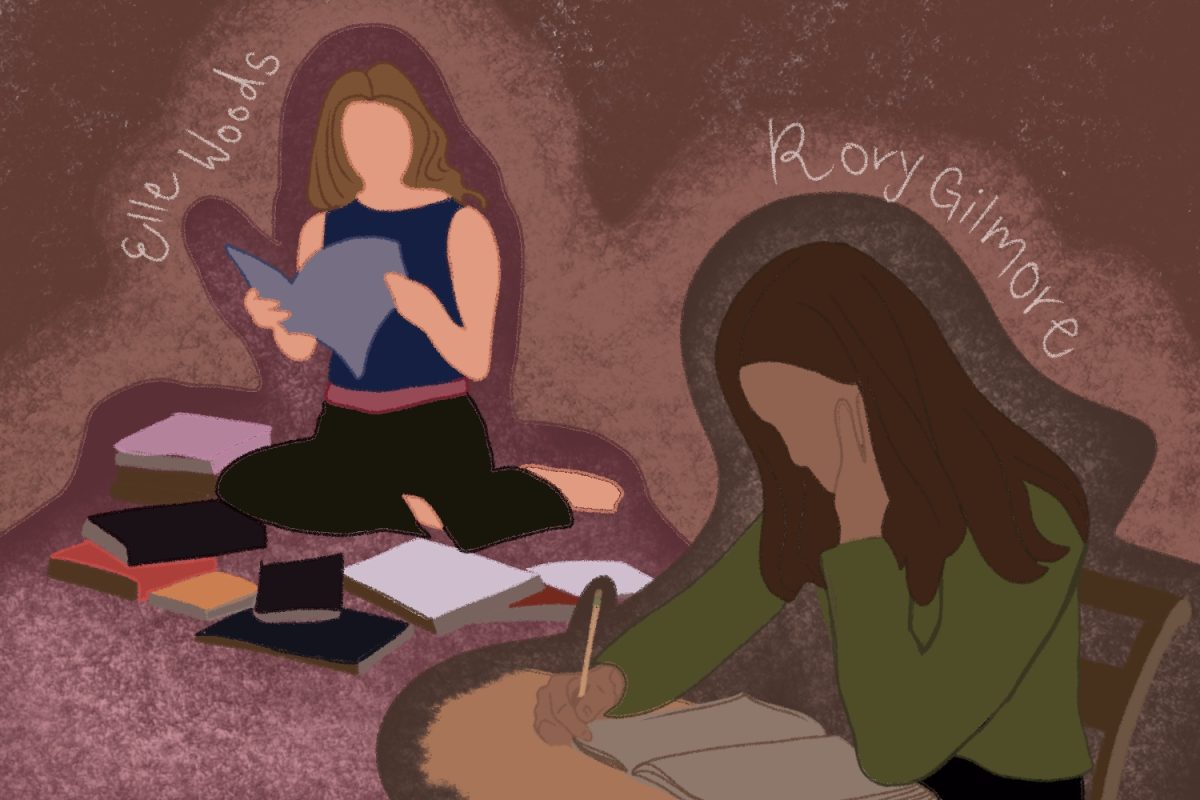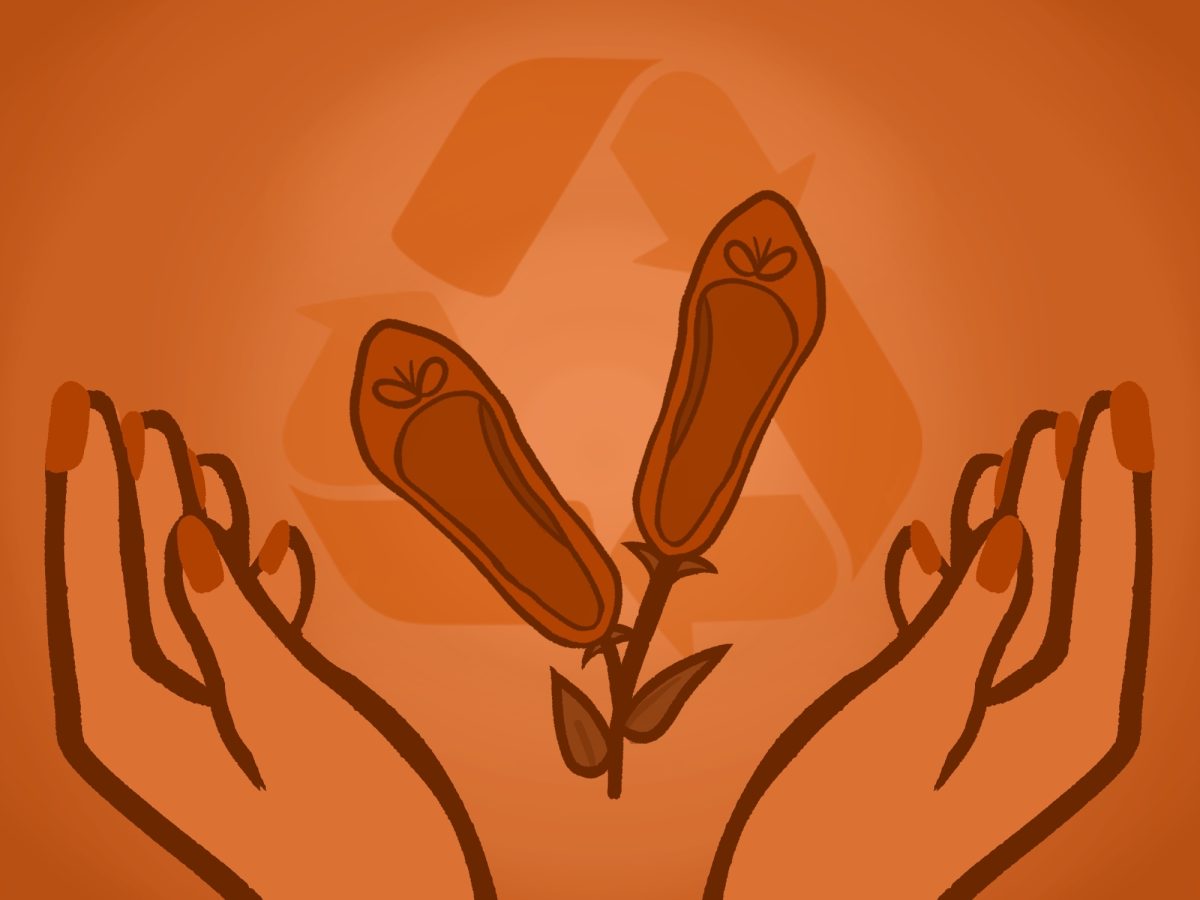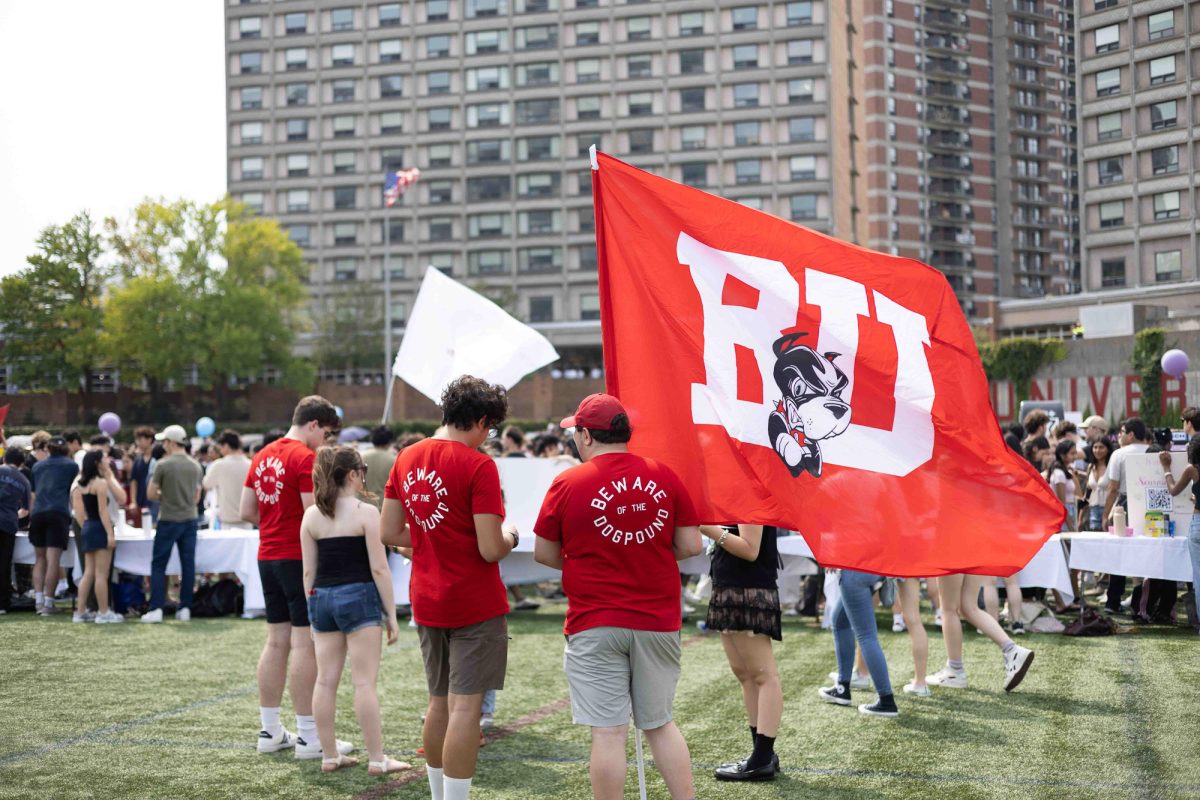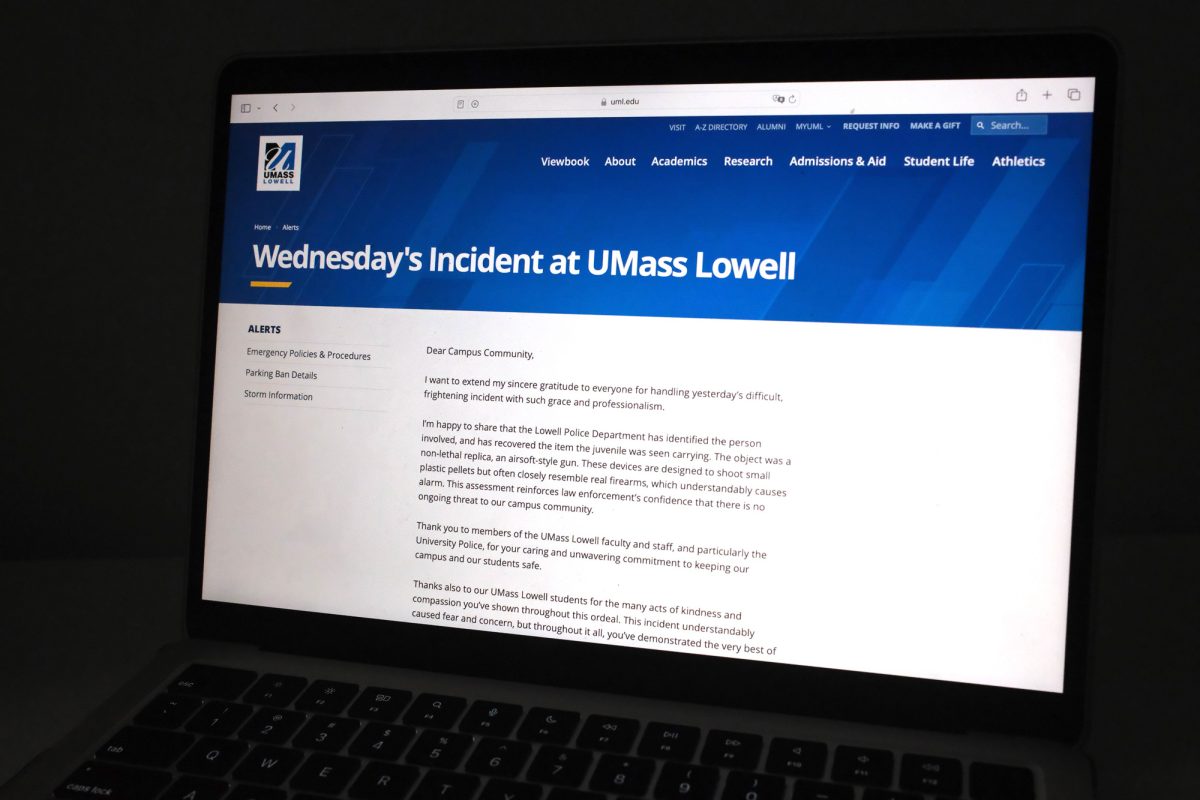“The Lorax,” released on Friday, is a film about a boy who grows up in a town that has no trees. Boston is not treeless yet, but may be creeping closer each year, according to a recent study.
Across all U.S. urban areas, about 4 million trees are lost per year, according to a study published in Urban Forestry and Urban Greening. The study, conducted by two United States Department of Agriculture scientists, measured data from 20 U.S. cities.
The researchers studied Boston between 2003 and 2008 and concluded that in those five years, the city lost 0.9 percent of its trees. This puts the Hub just below what the study found to be the average loss across the cities it studied, about 1.1 percent.
Many U.S. cities’ impervious cover, which includes pavement and rooftops, does not allow for healthy tree growth, said Professor Nathan Phillips, the director of Boston University’s Center for Energy & Environmental Studies.
“We plant trees and don’t give them much of a chance to survive by putting them and surrounding them in pavement and not allowing the soil to breath,” he said. “You can think of cities almost like constipated systems – soils need to breath and trees, their root system, need to breathe as well.”
The forest researchers who conducted the study used satellite imagery to examine urban areas, concluding tree cover in U.S. cities decreases by .27 percent of land areas per year.
“The trees are not just providing aesthetic benefits, but they actually provide some important ecosystem services, like cleaning the air and moderating the urban heat island effect,” Phillips said, referring to the effect that comes as a result of trees and other vegetation being replaced by artificial surfaces.
The reduced amount of vegetation causes the temperatures in cities to become hotter than their suburban or rural counterparts, according to the U.S. Environmental Protection Agency.
In addition to mitigating the urban heat island effect, “trees provide various benefits associated with air and water quality, building energy conservation, cooler air temperatures, reductions in ultraviolet radiation and many other environmental and social benefits,” according to the study.
Hannah Walters, the vice president of the Environmental Student Organization at BU and a junior in College of Arts and Sciences, said there are many ways for Bostonians to help combat the loss of tree coverage.
“People could start building green roofs, so they’ll have basically gardens and trees on their roofs,” she said. “And that way you haven’t lost much tree space but you have this vegetation that still helps cool the city a bit and purify air.”
Building a green roof, however, is expensive, Walters said. The logistics of starting such a garden, she said, would be difficult for most college students to deal with, and maintaining the garden might also present problems.
Instead, students can volunteer at local organizations that promote preserving urban forestry such as the Boston Parks and Recreation Department’s Emerald Necklace Conservancy program, she said.
Boston maintains an urban forestry program through its Parks Department and cites the benefits of maintaining urban tree cover on its website.
It also encourages citizens to care for their “street trees” – trees the city has planted “throughout Boston’s 22 neighborhoods” – and has begun a campaign to plant 100,000 new trees in Boston by the end of 2020.
“Sustaining tree cover not only includes establishing new trees,” the study states, “but also limits the loss of existing canopy, particularly large trees that provide substantial amounts of canopy per tree.”

